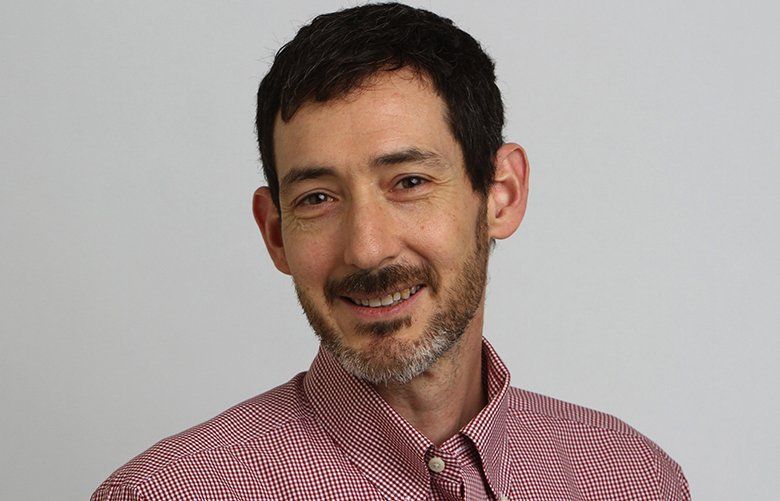If it’s been a while since you’ve seen Seattle’s Denny Triangle neighborhood, you might hardly recognize it.
Just a few years ago, it was mostly parking lots and some older low-rise buildings. They’re gone, replaced with futuristic-looking glass towers soaring more than 40 stories high. These ultraluxury apartment buildings boast every amenity imaginable, from rock-climbing walls to dog spas.
New apartment construction in Seattle has gotten increasingly upscale in recent years, and it’s not limited to the Denny Triangle. One Seattle Times reader emailed me, curious to know about the folks moving into these buildings.
“I am wondering — is there any good data on the demographics of Seattle renters?” the reader asked. “Many people seem to write things that assume they are — as a class — of lower income. But it seems that might not be true …”
Indeed, Seattle renters are among the most affluent of any large U.S. city.
Of course, there was a time when in Seattle, by and large, poorer people rented and more affluent people owned their homes. That’s really not the case any more, as tech, health care and other high-paying fields have drawn thousands of young professionals to the city who are looking to rent rather than buy.
The most recent census data, which is for 2021, shows around 73,000 renter households in Seattle — that’s 38% of all renters — had a household income of $100,000 or higher. Among the 50 biggest U.S. cities, that ranked Seattle third behind San Francisco and San Jose, Calif. — in both those cities, nearly half of renter households earned at least $100,000.
Seattle also ranked third behind those two Bay Area cities for renter median income, at about $71,400. The median renter income in Seattle was 59% higher than the national average, which was $44,900.
The large cities with the lowest-income renters were Cleveland, Detroit and New Orleans. The median household income for renters in all three cities was between $27,000 and $28,000.
The median is the midway point, meaning half of renter households earned less and half earned more.
Census data shows in 40 of Seattle’s 177 census tracts, at least half of renter households earned $100,000 or more.
In the northwestern part of Belltown, where the Olympic Sculpture Park is located, 74% of renters had a household income of at least $100,000, the highest percentage in the city. The estimated median income for renter households in this area was $167,350. Like most of Central Seattle, this tract was majority renter, at 63% of households.
Other tracts with a heavy concentration of higher-income renters were in parts of South Lake Union, Denny Triangle, Westlake, Central Business District, Capitol Hill and Ballard.
While Seattle renters are among the most affluent overall, there are still many with low incomes. Around 50,500 renter households, or 27% of renters, had a household income of less than $35,000 in 2021. At that income level, most renters would be eligible for subsidized housing or the Housing Choice Voucher program.
Some of the city’s poorest areas for renters were also in Central Seattle neighborhoods. In Pioneer Square between Jackson Street and Yesler Way, 53% of renter households earned $35,000 or less, and nearly half of renters were in that income bracket in the Chinatown International District.
Overall, homeowners in Seattle are still significantly wealthier than renters, and relatively few could be described as low income. About 73% of homeowners had a household income of $100,000 or higher in 2021, while 8% earned $35,000 or less.
And the median income for Seattle homeowners? A remarkable $167,100.

The opinions expressed in reader comments are those of the author only and do not reflect the opinions of The Seattle Times.